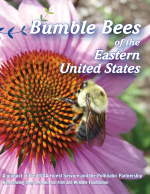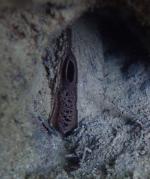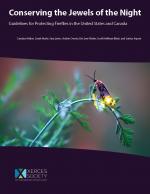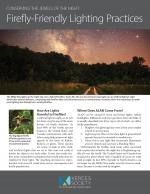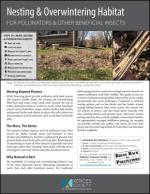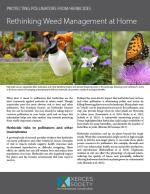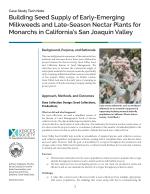As a science-based organization, the Xerces Society produces dozens of publications annually, all of which employ the best available research to guide effective conservation efforts. Our publications range from guidelines for land managers, to brochures offering overviews of key concepts related to invertebrate conservation, from books about supporting pollinators in farmland, to region-specific plant lists. We hope that whatever you are seeking—whether it's guidance on making a home or community garden pollinator-friendly, advice on developing a local pesticide reduction strategy, or detailed information on restoring habitat—you will find it here!
Find Publications
Use the search functions to sort by publication type (books, guidelines, fact sheets, etc.), location, and/or subject (agriculture, gardens, pollinators, pesticides, etc.).
The Xerces Society joined a group of environmental and health organizations to petition the California Department of Pesticide Regulation to regulate the planting of crop seeds coated with systemic insecticides. California's pesticide regulatory system has a loophole that allows for unchecked use of insecticide-coated seed on farms throughout the state. Neonicotinoid insecticides are commonly used as seed coatings, resulting in significant contamination of California's waterways and ecosystems as they move off-field.
This U.S. Forest Service guide provides information to identify 21 bumble bee species found east of the Mississippi River.
Ongoing Management of Pollinator Habitat
High quality pollinator meadows sometimes experience a decline in wildflower diversity or abundance as they age. This guide provides recommendations on how to bring declining meadows back into a high quality condition.
On August 18, 2020, the Xerces Society filed a petition to list the western ridged mussel as an endangered species under the U.S. Endangered Species Act. The western ridged mussel has been lost from 43% of its historic range. In addition, sudden die offs of western ridged mussels have been observed in Oregon and Washington.
Guidelines for Protecting Fireflies in the United States and Canada
Fireflies are some of our most celebrated insects. They have immense cultural, biological, and economic importance and are important components of natural ecosystems. Their public appeal also makes them ideal flagship species for conservation. They are found all over the world, on every continent except Antarctica, living in temperate and tropical areas. More than two thousand species have been described, with nearly 170 in the United States and Canada.
La luz artificial nocturna, LANA en forma abreviada, es probablemente uno de los principales causantes de la disminución de luciérnagas. La mayoría de las luciérnagas del mundo se comunican entre sí utilizando señales de luz bioluminiscente en forma de destellos, parpadeos o brillos. Estas especies están activas durante el crepúsculo o después de que anochece, de manera que las luces artificiales que se encienden durante estas horas pueden dificultar que estas luciérnagas se vean entre sí.
Artificial light at night, or ALAN for short, may be one of the main drivers of firefly declines. At least 80% of the firefly species found in the United States and Canada communicate with each other using bioluminescent light signals in the form of flashes, flickers, or glows. These species are active at dusk or after dark, and artificial lights that are on at this time can make it harder for them to see each other. It may also make fireflies more vulnerable to predators that would otherwise be repelled by their light.
How Dicamba Herbicides are Harming Cultivated and Wild Landscapes
More than five million acres of crops, an area roughly the size of New Jersey, have been injured by the herbicide dicamba since the U.S. EPA conditionally registered three new formulations for in-crop applications in dicamba-resistant soybeans and cotton in 2016. Damage from this highly mobile herbicide does not stop at the field edge: dicamba drift places tens of millions of acres of wild and ornamental plants—and the wildlife these plants support—at risk.
For Pollinators & Other Beneficial Insects
The availability of nesting and overwintering habitat is one of the most important factors influencing populations of native bees and other beneficial insects. This guide focuses on a variety of natural nesting habitat features that can be readily incorporated into most landscapes to benefit pollinators and beneficial insects.


